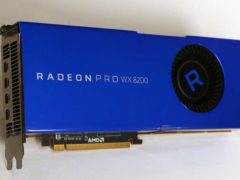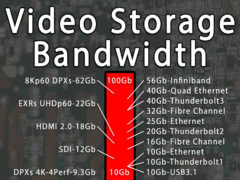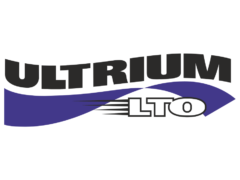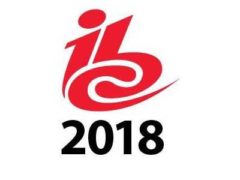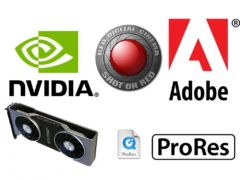
There were two announcements this week that will impact post-production workflows. The first was Wednesday night’s celebration of the launch of Red’s new SDK, which leverages NVidia’s GPU accelerated CUDA framework to deliver real-time playback of 8K Red Footage. NVidia was demonstrating an early version of this technology at Adobe MAX in October, and I have been looking forward to this development, as I am about to start post on a feature film shot on the Red Monstro camera. This should effectively render the Red Rocket accelerator cards obsolete, replacing them with cheaper, multipurpose hardware that can also accelerate other computational tasks.
Continue reading

